PDF-5. Zaco shall not operate more than one crusher at any given time and
Author : samantha | Published Date : 2021-01-05
6 Crusher production from the facility shall be limited to 876000 tons during any rolling 12month time period ARM 178749 7 Zaco shall not operate more than one screen
Presentation Embed Code
Download Presentation
Download Presentation The PPT/PDF document "5. Zaco shall not operate more than one ..." is the property of its rightful owner. Permission is granted to download and print the materials on this website for personal, non-commercial use only, and to display it on your personal computer provided you do not modify the materials and that you retain all copyright notices contained in the materials. By downloading content from our website, you accept the terms of this agreement.
5. Zaco shall not operate more than one crusher at any given time and: Transcript
Download Rules Of Document
"5. Zaco shall not operate more than one crusher at any given time and"The content belongs to its owner. You may download and print it for personal use, without modification, and keep all copyright notices. By downloading, you agree to these terms.
Related Documents

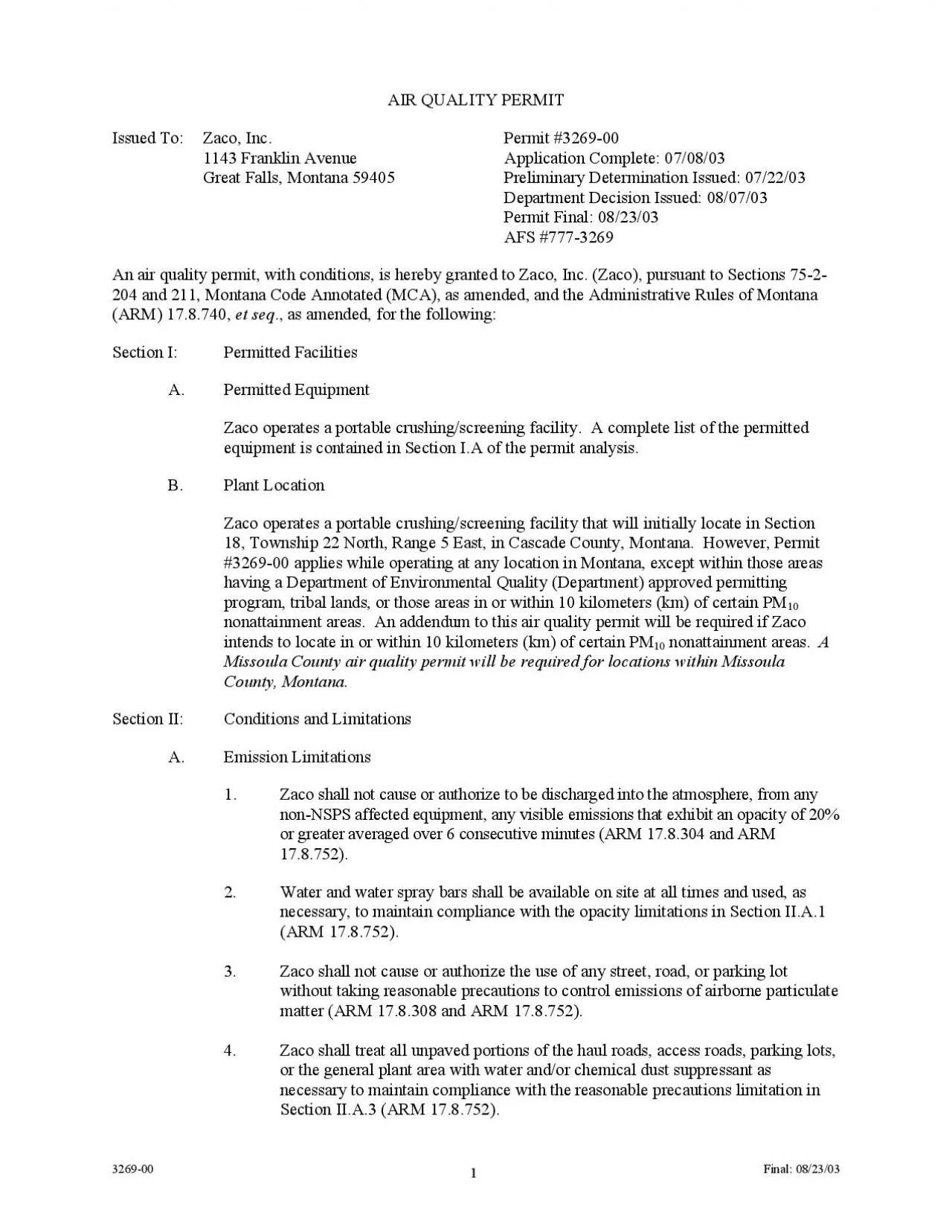
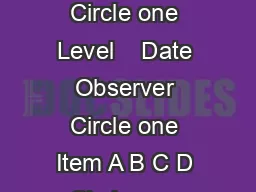

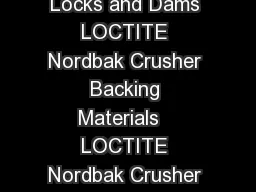

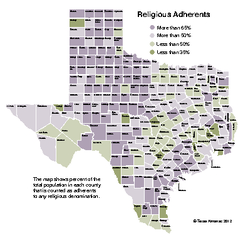
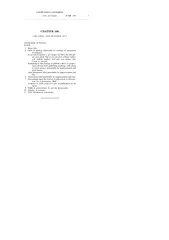
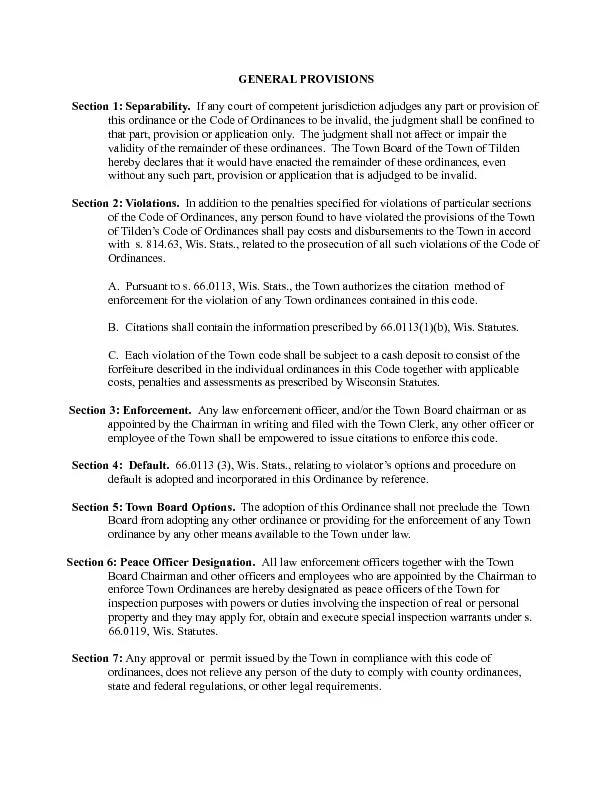
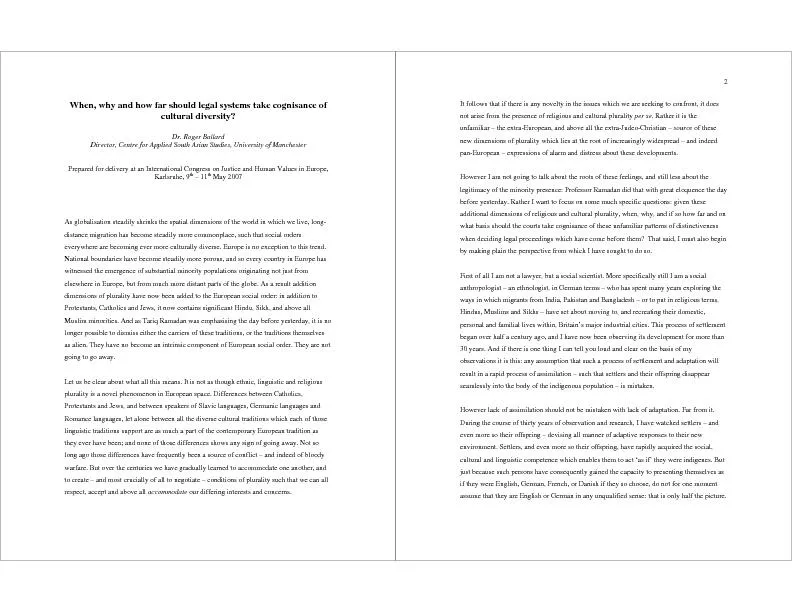
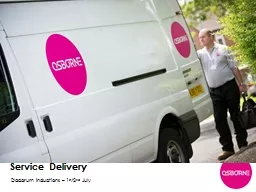
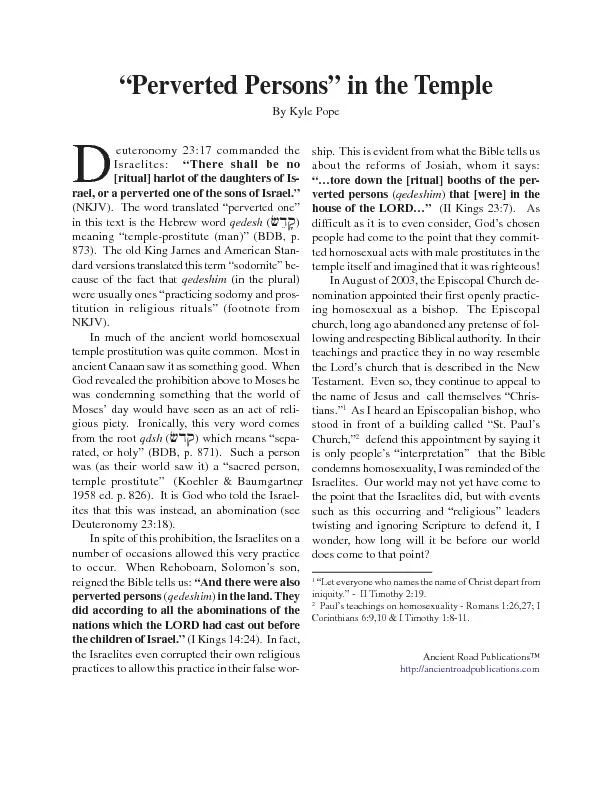

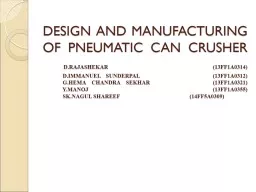
![[EPUB] - Not Your Mother\'s Cast Iron Skillet Cookbook: More Than 150 Recipes for One-Pan](https://thumbs.docslides.com/889089/epub-not-your-mother-s-cast-iron-skillet-cookbook-more-than-150-recipes-for-one-pan-meals-for-any-time-of-the-day-6153145a35ddb.jpg)